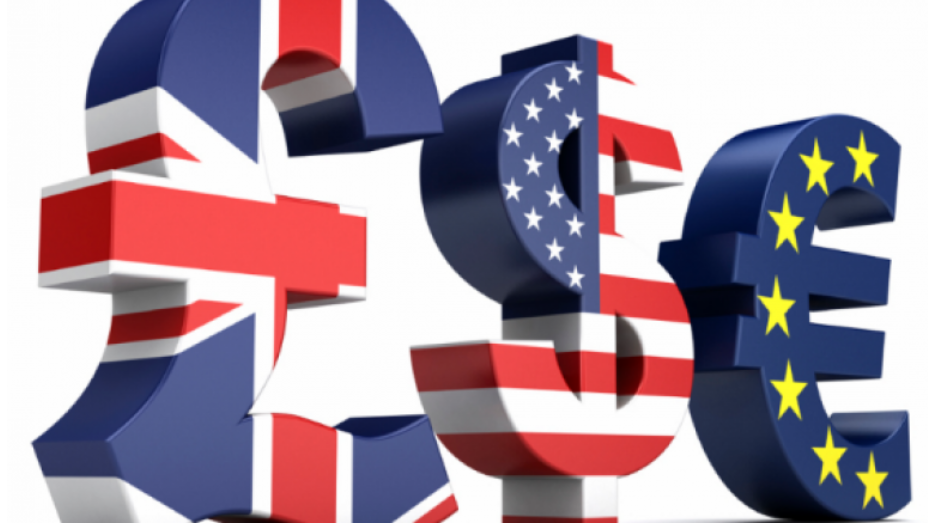Some say money revolves around the world, while others see it as the source of all evil. But what exactly is money? Why do we need it? Where did it come from? Economists tell the story of one of the key elements of human life.
Exchange problems in early times
Before money was invented, the only way to trade goods was to exchange. If you had a goat too much, but you needed wheat, you could find someone to exchange it for. But the exchange also had its problems as a process. The problem lay in the fact of matching desires. What if the person who had the wheat was interested in replacing it with just an ax. Then the person who had the goat had to find a person who had an ax, and in this way the triple exchange took place. But during the search, he may starve to death. Second, what if the person who had the flour really wanted a goat, but not before the wedding of his daughter that would take place after three months? Therefore, contracts were needed, but the societies of that time were not educated until this stage.
The agreement between the two parties must therefore be based on memory. But this left room for abuse: What are you saying, I never gave you my word for wheat… etc.
One day a Neolithic farmer, who remains anonymous, came up with a clever solution: Why not decide on something that everyone would agree to have. This theory was later used to buy goats, axes and everything else. The dollar sign came to the farmer’s mind. So his idea was what was later called “money.” After a period of trial and error, it was decided that this work would deal with people who had special characteristics. The money should have been:
– To show the right value for the goods. It was no longer permissible to exchange a goat that someone had raised with hard work and love, with a handful of stones collected on the ground.
– Difficult to falsify. A monetary system based on pieces of paper with crosses drawn on them was destined to fail. If money were easy to make, people would have a hard time resisting it. The result would be galloping inflation.
– Be portable. Of course you can trade large items such as a house or land on the mountain, but these are not items that are sold in stores. That’s why money is needed
– Be stable. Goods such as salt can be seen as a good means of exchange, but what would happen if we left it in the rain would be lost.
– Easily separable. Imagine a society where the only form of money was $ 100. This would not be a problem for large transactions, but it would be a “headache” if you only wanted to buy one matchbox.
– Desirable. Nowadays, we are all amazed and delighted to receive these pieces of paper, but only because of the symbolic value they have. With these criteria in mind, our ancestors developed the first primitive forms of money trading.
Primitive banks
Until this stage there were no coins. But the value of the metal was judged by its weight. Before the coins came into being, banking institutions had to be created. Institutions that had to build trust and guarantee that exchanges would be carried out properly. The first banking institutions were royal palaces, temples and state depots in Mesopotamia and Egypt. This is because they were well protected. In these deposits, invoices were left, through which transactions with other parties were performed. Written on clay or papyrus plates, they are considered the forerunners of today’s checks and banknotes. Over time, more and more banks began to open. They are mentioned in the Babylonian Code of Hammurabi (1760 BC).



